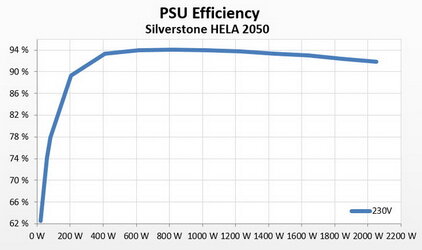Hi guys,
I'd like your advice on something.
I recently upgraded my 2080Ti FTW3 to a 3080 12GB Suprim X (maybe I'll post a comparison topic here if I have time).
My Power supply is a Corsair RM750i. It's about 4 years old. This PSU has two daisy chained PCI-E cables, for a total of 4x8. My previous GPU (375W OC load) required only 2x8 PCI-E so I used two separate cables. This one (436W OC load) requires 3x8 PCI-E, so I had no choice but to use one 1x8 cable and 2x8 daisy chained cable.
So far I have no shutdowns or issues. The RM750i has a digital interface, and it reports that peak gaming draw (Cyberpunk, God of war, Overwatch etc) is about 650W, which is well below the wattage rating of the PSU. Only when I put unusually high load (for example running P95 small FFT in parallel with FireStrike Ultra Stress test) I cross the 700W mark, but no issues.
My only question is, is there a higher risk of overload when using the daisy chained cable? According to HWInfo, Pins 2+3 draw AT MAX 133+115=248W. In addition, does a multi-rail configuration somehow protect a single cable from being overloaded? The RM750i can be switched from single- to multi-rail, and it's currently in its default multi-rail configuration.
Would love to read your responses! Thanks!
I'd like your advice on something.
I recently upgraded my 2080Ti FTW3 to a 3080 12GB Suprim X (maybe I'll post a comparison topic here if I have time).
My Power supply is a Corsair RM750i. It's about 4 years old. This PSU has two daisy chained PCI-E cables, for a total of 4x8. My previous GPU (375W OC load) required only 2x8 PCI-E so I used two separate cables. This one (436W OC load) requires 3x8 PCI-E, so I had no choice but to use one 1x8 cable and 2x8 daisy chained cable.
So far I have no shutdowns or issues. The RM750i has a digital interface, and it reports that peak gaming draw (Cyberpunk, God of war, Overwatch etc) is about 650W, which is well below the wattage rating of the PSU. Only when I put unusually high load (for example running P95 small FFT in parallel with FireStrike Ultra Stress test) I cross the 700W mark, but no issues.
My only question is, is there a higher risk of overload when using the daisy chained cable? According to HWInfo, Pins 2+3 draw AT MAX 133+115=248W. In addition, does a multi-rail configuration somehow protect a single cable from being overloaded? The RM750i can be switched from single- to multi-rail, and it's currently in its default multi-rail configuration.
Would love to read your responses! Thanks!
